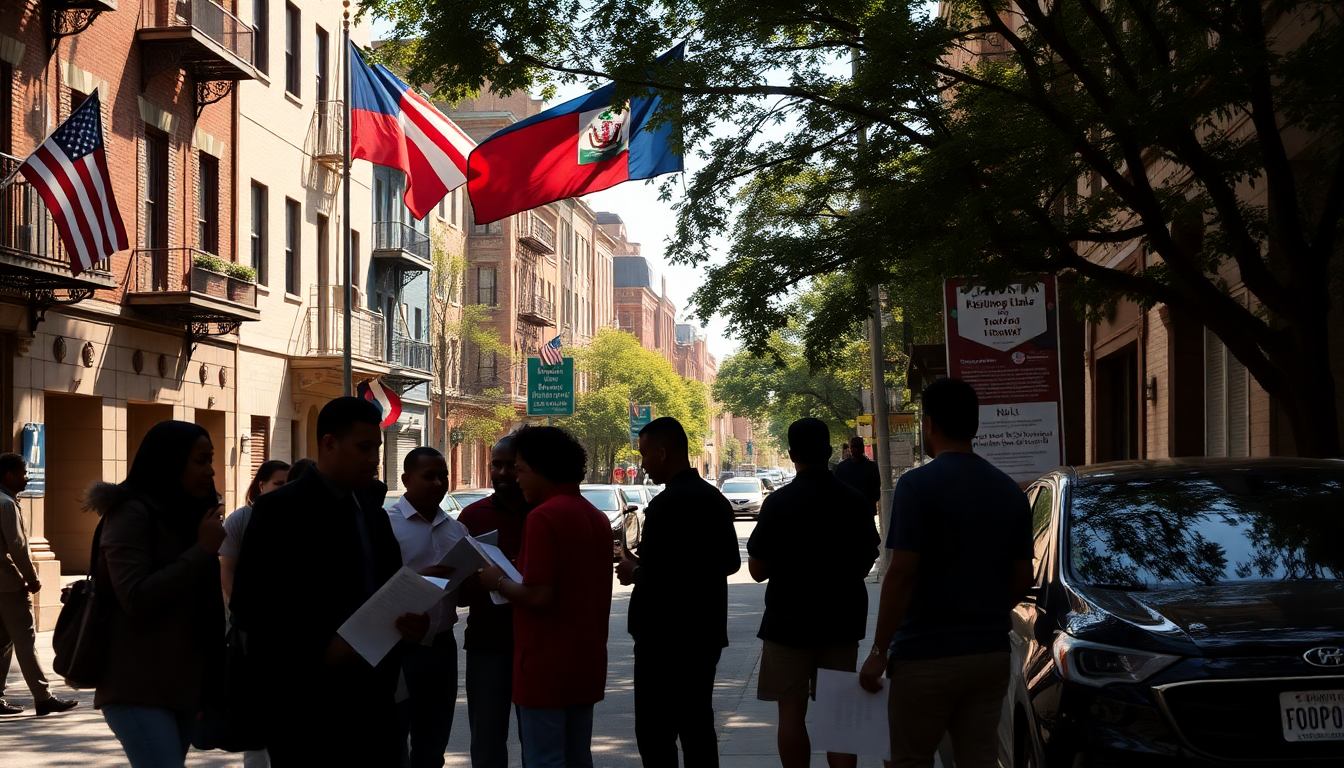Table of Contents
The recent announcement by the Department of Homeland Security (DHS) to terminate Temporary Protected Status (TPS) for Haitian immigrants is a game-changer in U.S. immigration policy. But what does this really mean for the Haitian community and the broader immigration landscape? Let’s break it down.
What is Temporary Protected Status?
Temporary Protected Status is a humanitarian safety net that allows people from countries facing serious crises—like civil unrest or natural disasters—to stay in the U.S. for a limited time. For Haitians, this status was first granted back in 2010, following a devastating earthquake that left the nation in ruins. Since then, TPS has been extended multiple times due to worsening conditions, including rampant gang violence and political turmoil.
However, the latest decision from the DHS marks a significant shift. Starting September 2, Haitians will no longer have access to TPS. This change mirrors trends from the previous administration, which aimed to tighten immigration regulations and limit temporary protections.
A spokesperson from the DHS has stated that this decision is about restoring integrity to the immigration system, arguing that TPS should be temporary. But can we really say conditions have improved in Haiti? The ongoing humanitarian crises suggest otherwise.
The Current Crisis in Haiti
Haiti is currently in the grips of a deep humanitarian crisis, facing extreme violence, economic instability, and a lack of basic services. Last year alone, reports indicated that over 5,600 people were killed due to gang violence, and around 1.3 million individuals were displaced from their homes. Armed groups are said to control as much as 90% of Port-au-Prince, leading to critical shortages of food, clean water, and medical assistance.
The U.S. Department of State has classified Haiti as a Level 4 country, which is the highest travel warning due to life-threatening conditions. This advisory strongly recommends that Americans avoid traveling to Haiti, underscoring the rampant crime, civil unrest, and the dire state of healthcare resources.
Given this context, the DHS’s claim that conditions have improved enough for Haitians to return home feels disconnected from reality. Critics argue that ending TPS ignores the ongoing struggles of Haitians and oversimplifies a complex situation.
What Does This Mean for Haitian Immigrants?
Currently, about 260,000 Haitians benefit from TPS, and this decision to terminate their status poses serious challenges. Affected individuals now face the tough choice of exploring alternative immigration options or returning to a country in crisis. This uncertainty is heightened by recent Supreme Court rulings that could open the door for revoking TPS for other groups, like Venezuelans and Cameroonians, signaling a worrying trend for many vulnerable populations.
As immigration policies continue to shift, the end of TPS for Haitians highlights the fragile nature of temporary protections and the wider implications of such policy changes. Many affected individuals are fleeing violence and instability, and the removal of their protected status could lead to even more displacement and hardship.
Looking ahead, it’s crucial for policymakers to take a hard look at the realities faced by individuals in crisis situations. Crafting immigration policies that balance humanitarian needs with national interests is essential. The ongoing struggles in Haiti and the experiences of its diaspora in the U.S. should play a central role in future discussions on immigration reform and protecting vulnerable populations.


